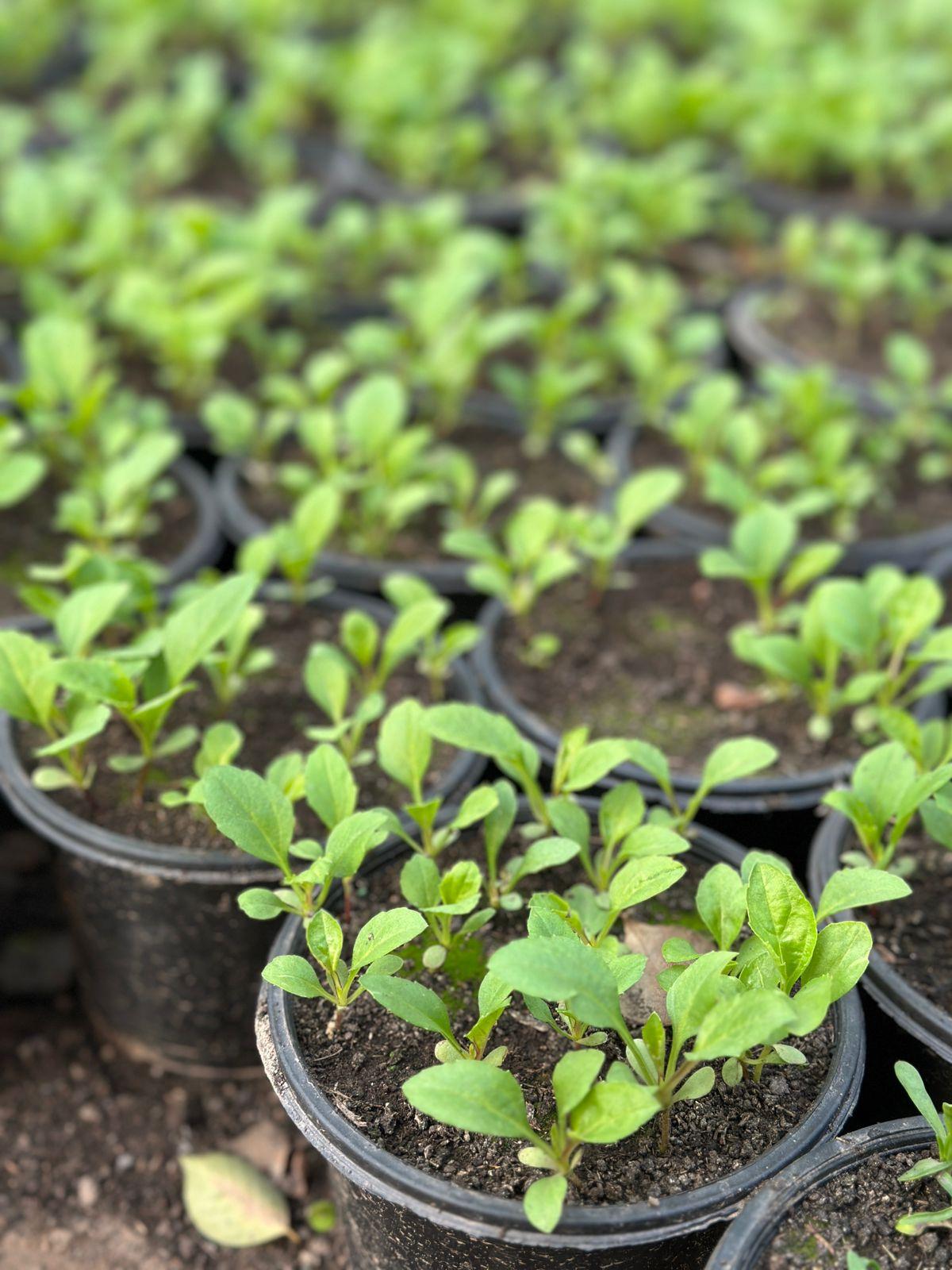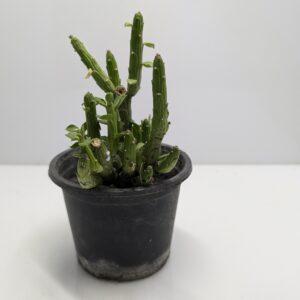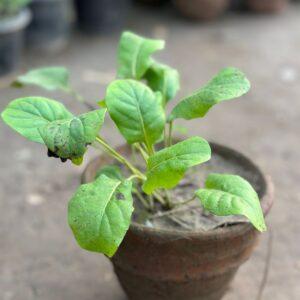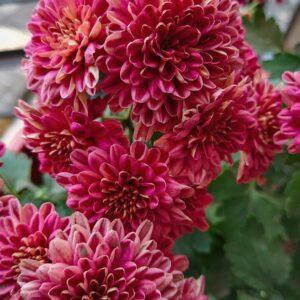Aster Flower:
Aster flower, with its delicate star-shaped blooms, is a timeless favorite in gardens around the world. Known for its vibrant colors, versatility, and charm, Asters add a touch of elegance to any outdoor space. Belonging to the Asteraceae family, these perennials are prized for their late-season blooms, providing a burst of color in gardens when most summer flowers begin to fade. Whether you’re creating a cottage garden, a butterfly haven, or simply looking for a low-maintenance yet stunning plant, Asters are an ideal choice.
Key Features of Aster Flowers
Vivid Colors and Varieties
Asters come in an array of stunning hues, including purple, blue, pink, white, and lavender, often with a contrasting yellow or golden center. Their daisy-like appearance adds a classic charm to gardens and landscapes. Popular varieties include the New England Aster, Smooth Aster, and Alpine Aster.
Extended Blooming Season
One of the standout features of Asters is their long blooming period. They flower from late summer through fall, offering vibrant color when other plants have finished their blooming cycle.
Pollinator-Friendly
Aster flowers are a magnet for bees, butterflies, and other pollinators. Planting Asters in your garden not only enhances its beauty but also supports local ecosystems by providing nectar and pollen during late-season months.
Low Maintenance
Asters are relatively easy to grow and care for, making them an excellent choice for both novice and experienced gardeners. Their hardy nature allows them to thrive in a variety of conditions, from sunny borders to partially shaded areas.
Why Choose Aster Flowers for Your Garden?
Versatility
Asters are versatile plants that can be used in various garden settings. They’re perfect for borders, rock gardens, containers, or wildflower meadows. Their upright growth habit also makes them a great choice for adding vertical interest to landscapes.
Seasonal Interest
As one of the last flowers to bloom in the growing season, Asters keep your garden looking lively well into autumn. Their vibrant colors pair beautifully with other fall plants like Chrysanthemums and ornamental grasses.
Symbolic Meaning
Asters are often associated with love, wisdom, and patience. Gifting or planting these flowers can carry a deeper, heartfelt meaning, adding emotional value to their aesthetic appeal.
Climate Adaptability
Asters are incredibly hardy and can thrive in USDA zones 3-8. They are frost-tolerant and can adapt to a wide range of soil types, provided they are well-draining.
Growing Aster Flowers: Tips for Success
Choosing the Right Location
Asters prefer a location with full sun to partial shade. While they thrive best in full sunlight, they can tolerate some shade, particularly in hotter climates.
Soil Requirements
These flowers grow well in loamy, well-drained soil with a slightly acidic to neutral pH. To improve soil drainage, mix in organic matter like compost before planting.
Watering Needs
Asters require moderate watering, especially during dry spells. Ensure the soil remains moist but not waterlogged to prevent root rot.
Fertilizing
Apply a balanced, slow-release fertilizer in the spring to encourage healthy growth and abundant blooms. Avoid over-fertilizing, as this can result in excessive foliage at the expense of flowers.
Pruning and Deadheading
To promote continuous blooming, deadhead spent flowers regularly. At the end of the season, cut back the stems to ground level to prepare the plant for winter.
Pest and Disease Management
While Asters are generally pest-resistant, they can occasionally be affected by powdery mildew or aphids. To minimize risks, provide good air circulation by spacing plants appropriately and avoid overhead watering.
Landscaping Ideas with Aster Flowers
- Butterfly Garden: Asters are a staple in butterfly gardens, providing essential nectar for pollinators late in the season. Pair them with plants like Coneflowers and Black-Eyed Susans for a pollinator-friendly garden.
- Fall Displays: Combine Asters with fall favorites like Sedum, Goldenrod, and ornamental kale to create vibrant seasonal displays.
- Cut Flower Arrangements: Asters make excellent cut flowers, adding charm and elegance to bouquets and floral arrangements.
Popular Aster Varieties
New England Aster (Symphyotrichum novae-angliae)
Known for its tall growth and rich purple flowers, this variety is a favorite in native gardens and wildflower meadows.
Smooth Aster (Symphyotrichum laeve)
This variety features lavender-blue flowers and smooth foliage, perfect for borders or container planting.
Alpine Aster (Aster alpinus)
A low-growing variety ideal for rock gardens, Alpine Asters bloom early in the season with delicate pink or lavender flowers.





Reviews
There are no reviews yet.